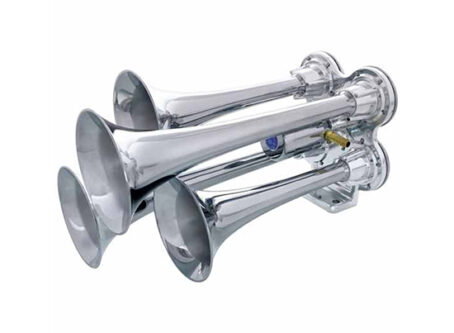OOIDA Foundation releases freight rate, detention time survey results
Freight rate and detention time data collected by the OOIDA Foundation from OOIDA members revealed certain challenges remain a reality in the industry.
In December, the Foundation emailed members for their input on both issues and compiled those results for a glimpse of how they are affecting business.
Detention time survey
On average, respondents of the Foundation detention time survey spent 7.2 hours waiting to load and 7.1 hours waiting to unload, for a total of 14.3 hours of detention time per week.
“We did something a little different to give an actual number instead of just a range,” Andrew King, assistant director of the Foundation, told Land Line. “This is quite considerable when you think of the hours-of-service regulations, which is why this is really problematic.”
The 14 hours of detention time is lower compared to other recent years; however, the COVID-19 pandemic caused detention time to increase during that period.
“That is a good sign that it dropped, but obviously 14 hours is still a lot of time,” King said. “It’s still a major issue.”
A sizable portion of the 32% of members that completed the 29-question survey took issue with the definition of detention time.
“90% were in disagreement with the traditional definition, which I’m not exactly sure how that became the definition,” King said. “We believe that it has something to do with deregulation. Basically, there’s this idea that detention doesn’t start until you’re there for two hours. To think you’re giving away two hours for free … No job in the world does that except trucking.”
He also noted that OOIDA members are reasonable and understand some things take a little time to load and unload.
“But when you don’t hold true to your appointment times, that’s pretty frustrating,” King added.
Freight rate survey
The Foundation releases monthly as well as quarter freight market reports, but a perspective from those out on the road remains invaluable.
“Those reports are helpful, but they’re broad and usually coming from a larger carrier perspective,” King said. “That doesn’t always fit our members. Hearing directly from them is always the goal.”
No matter what you’re pulling our hauling, everyone was seeing a decrease, he added.
Owner-operators under their own authority saw a 15% drop in pay per mile but still maintained the highest pay rate among all types of operation. Company drivers saw an 11% decrease in pay per mile, while overall pay decreased by 18%.
Knowing your cost of operations is critical, especially in a down market. According to the freight rate survey, the percentage of respondents who know their costs dropped from 90% to 82%.
“It’s kind of disappointing and shocking, really,” King said. “The good takeaway is that the cost of operating did drop. Those who knew their cost of operations make 67 cents more per mile, or $715 more per trip. That’s really significant. This is why it’s so important to know this. People who track this are probably a little better at negotiating, as well.”
The complete detention time and freight rate survey results are available on the OOIDA Foundation’s website. LL









